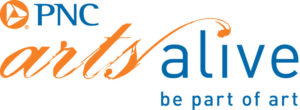Kids ECO Camp: Butterfly Symmetry Painting
Experience the art principle of symmetrical balance while making colorful paintings of butterflies! We will walk you through the steps of cutting out butterfly-shaped surfaces to paint and different mediums to use in creating your butterfly painting. Butterfly surfaces will use include paper, canvas, and fabric. Mediums will consist of tempera paint, acrylic paint, and fabric printing ink.
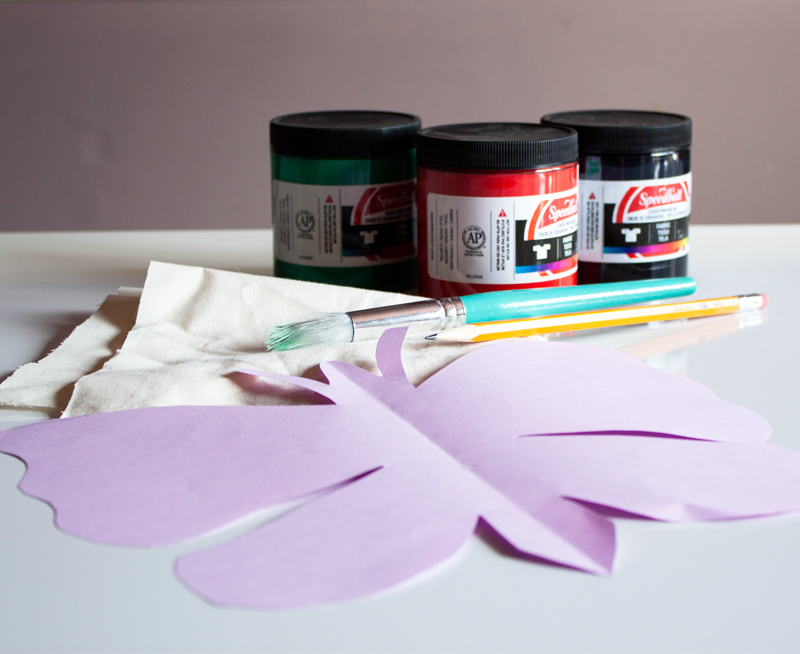
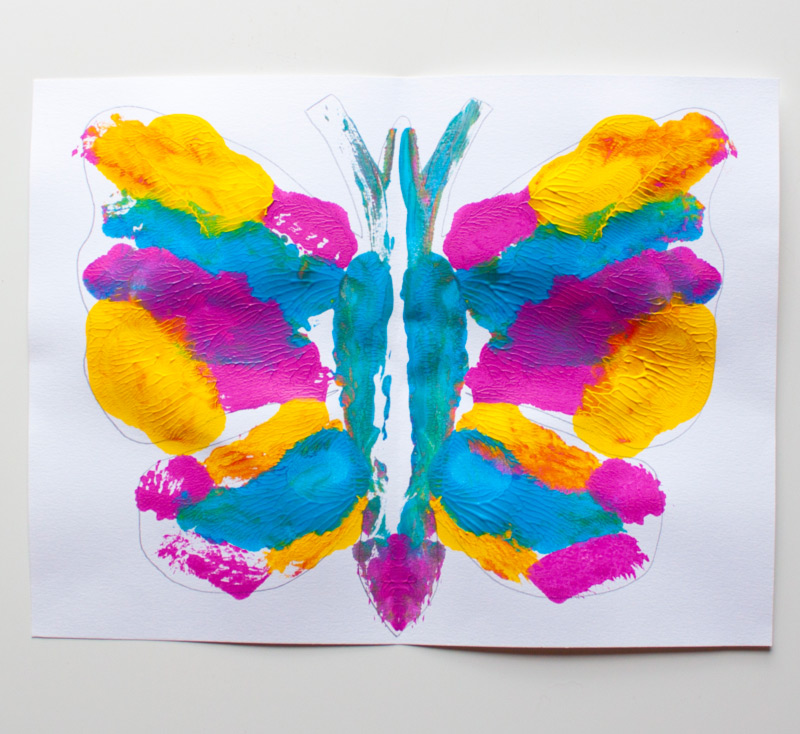
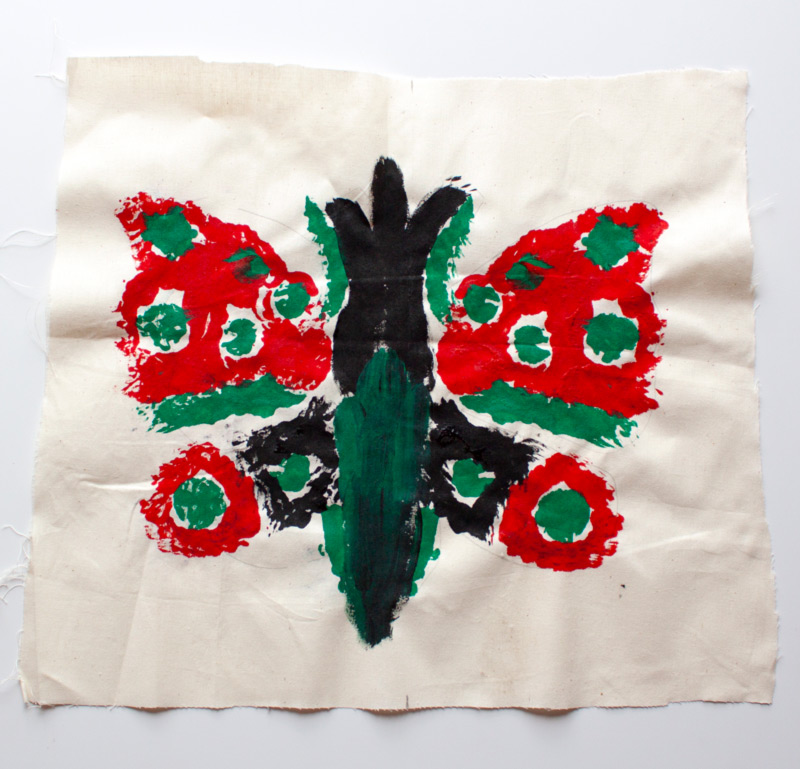
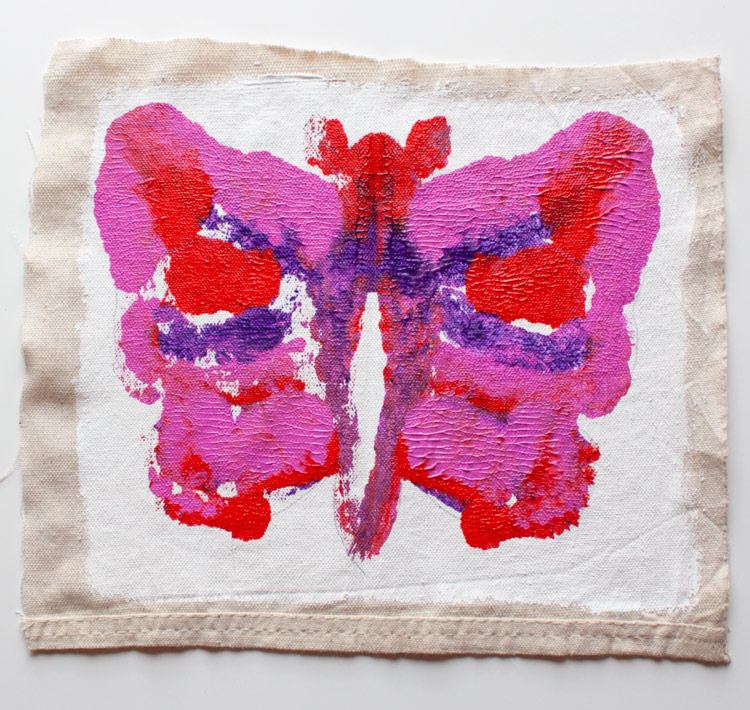
Materials:
- Scrap Paper
- Pencil
- Scissors
- Paper Plate
- Gesso
- Acrylic Paint
- Fabric Ink
- Mixed Media Paper
- Paint Brush (Small Round)
- Paint Brush (2” Flat)
Create a Template: Use your paper and pencil to create a traceable butterfly template. Fold your paper in half and along the fold, draw one side of the head, antennae, body, and wing of the butterfly. Use scissors to cut along your drawn line.
On Paper
Step 1: Fold in half and then open flat a piece of mixed media paper. Align the folded creases of the butterfly template and the mixed media paper and trace your butterfly. Remove template when done.
Step 2: Use a paintbrush to apply a thick layer of paint to one side of the butterfly trace.
Step 3: Fold the paper in half and rub gently to transfer paint to the other side of the page.
Step 4: Slowly unfold the paper to reveal a symmetrical butterfly! You can touch up blank spots with a brush and paint.
On Fabric
Step 1: Trace your butterfly template onto a piece of fabric.
Step 2: Use a paintbrush to apply a thick layer of fabric ink to one side of the butterfly trace.
Step 3: Fold the fabric in half and rub gently using a paper towel to transfer the ink to the other side of the fabric.
Step 4: Unfold the fabric to reveal a symmetrical butterfly! Touch up blank spots with a brush and ink.
On Canvas
Step 1: Use a paintbrush to apply a layer of gesso over a piece of unstretched canvas and allow to dry completely.
Step 2: Fold the dry canvas to create a crease. Align your butterfly template with the canvas crease and trace.
Step 3: Use a paintbrush to apply a thick layer of paint to one side of the butterfly trace.
Step 4: Fold the canvas in half and rub gently to transfer paint to the other side of the page.
Step 5: Unfold the canvas to reveal a symmetrical butterfly!
Learning and Discussion Questions:
1. What is symmetry? Visually explain symmetry to young students with this video.
2. How are butterfly wing patterns formed? Watch this quick video to learn how genes play an important role in determining the patterns!
Thank you to our sponsor, PNC Arts Alive!, for helping to make this video possible!

